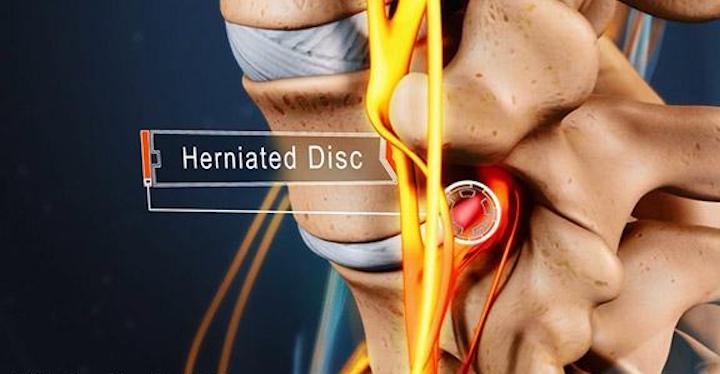
Most cases of lumbar herniated disc symptoms resolve on their own within six weeks, so patients are often advised to start with non-surgical treatments. However, this can vary with the nature and severity of symptoms.
Initial Pain Control for a Lumbar Herniated Disc
Controlling the intense pain is the most urgent need when symptoms first appear. Initial pain control options are likely to include:
- Ice application. Application of ice or a cold pack may be helpful to ease initial inflammation and muscle spasms associated with a lumbar herniated disc. An ice massage can also be helpful. Ice is most effective for the first 48 hours after the back pain has started.
- Pain medications. The doctor may recommend non-prescription non-steroidal anti-inflammatory medications (NSAIDs) such as ibuprofen or naproxen to treat pain and inflammation.
- Muscle relaxants. Muscle spasms may accompany a lumbar herniated disc, and these prescription medications may offer relief from the painful spasms.
- Heat therapy. Applying heat can help relieve painful muscle spasms after the first 48 hours. Heating pads, a hot compress, and adhesive heat wraps are all good options. Moist heat, such as a hot bath, may be preferred.
- Heat and ice. Some people find alternating hot and cold packs provides the maximum pain relief.
Bed rest for severe pain is best limited to one or two days, as extended rest will lead to stiffness and more pain. After that point, light activity and frequent movement—with rest breaks as needed are advised. Heavy lifting and strenuous exercise should be avoided.
Additional Therapies for Lumbar Herniated Disc
These other therapies are often helpful for longer-term pain relief:
- Physical therapy is important in teaching targeted stretching and exercises for rehabilitation. The program may also teach the patient safer ways to perform ordinary activities, such as lifting and walking.
- Epidural injections of steroid medications can offer pain relief in some cases. An epidural steroid injection is intended to provide enough pain relief for the patient to make progress with rehabilitation. The effects vary, and pain relief is temporary.
- Spinal manipulations performed by a chiropractor or osteopath may also ease pain and provide a better healing environment.
- Acupuncture uses hair-thin needles inserted into the skin near the area of pain. The U.S. Food and Drug Administration has approved acupuncture as a treatment for back pain.
- Cognitive behavior therapy can be helpful in managing sciatica pain. The therapy helps people control and change self-defeating behaviors. A therapist helps the patient in face-to-face or online sessions. A therapist may also be helpful in teaching techniques such as mindful meditation and visualization to reduce pain.
- Massage therapy can ease back pain by increasing blood circulation, relaxing muscles, and releasing the body’s natural pain relievers, called endorphins.
The treatment options for a lumbar herniated disc will largely depend on the length of time the patient has had symptoms and the severity of the pain. Specific symptoms (such as weakness or numbness), and the age of the patient may also be factors.
If you are suffering from pain, please contact our office at (516) 419-4480 or (718) 215-1888 to arrange an appointment with our Interventional Pain Management Specialist, Dr. Jeffrey Chacko.















